McLean & Company’s new resource indicates that contingent workers – or “gig workers” – require a customized approach to HR programs. When programs are effectively tailored to contingent workers, organizations can achieve the plentiful benefits associated with working with an increasingly contingent workforce in the future of work.
TORONTO, Oct. 24, 2024 /PRNewswire/ – As contingent work arrangements become increasingly prevalent, HR plays a critical role in creating an excellent experience for this workforce while ensuring the organization enjoys the benefits that come with using highly skilled and specialized contingent workers. McLean & Company, the trusted partner of HR leaders around the world, explains in the firm’s recently published guide, Introduction to Contingent Work, that when this unique workforce is effectively included in the organization’s culture and provided with specific HR programs, organizations experience enhanced innovation, greater flexibility in the workforce, increased productivity, and more. The new guide was developed to help HR leaders understand the common types of contingent work and the implications of tailoring HR programs for contingent work arrangements. This includes adjusting programs related to organizational culture and the employee lifecycle, such as talent attraction, retention, onboarding, performance, exiting, and alumni.

As outlined by McLean & Company in the contingent work resource, the four most prevalent types of contingent workers include independent contractors, dependent workers, temporary and agency staff, and service providers. Commonly referred to as gig workers, contingent workers are typically engaged for a fixed period. Having a strong understanding of what contingent work is and the “why” behind choosing contingent work arrangements informs the amount of effort required for customization and helps optimize resource allocation.
“A thorough understanding of the nuances associated with contingent work is needed to effectively attract, manage, and retain top contingent talent,” says Alexandra Zawora, manager of HR Research & Advisory Services at McLean & Company. “When HR programs are tailored to meet the needs of the contingent workforce, organizations are best positioned to create an appealing and rewarding experience for workers while capturing organizational benefits, such as access to specialized skills and adaptability for workload fluctuations.”
With the knowledge that the labor market, technology, and how workers find value in their work are changing faster than ever in the future of work, it is critical for organizations to consider and address the major forces driving changes to work and the anticipated impacts those changes will have. McLean & Company advises that while contingent workers’ experiences with organizations often mirror the standard employee lifecycle, nuances of the nature of work and working relationship indicate a need for customized HR programs where appropriate.
To assist HR leaders in exploring the unique contingent worker experience and navigating the customization of HR programs for a contingent workforce, the new industry resource from McLean & Company is divided into three easy-to-follow sections:
- Introduction – Review the current state of contingent work and the associated benefits and risks for organizations and individuals. Contingent workers differ from employees and have become an increasingly popular source of talent. Use of contingent work arrangements offers mutual benefits to organizations, such as increased productivity, improved organizational performance, and reduced labor costs, as well as to workers, including flexibility, autonomy, and enhanced skill sets. However, given the regulatory landscape and temporary nature of contingent work, there are several associated risks, such as difficulty retaining organizational knowledge and litigation costs associated with misclassification.
- Types of contingent workers – Determine the driving need for contingent work and the types of contingent work most suitable to use at the organization. HR leaders should review their value drivers, current and upcoming work, and internal skills availability to inform the organization’s driving need for contingent work. Following a review of the four most prevalent types of contingent work, the next step is determining the appropriate mix to meet organizational needs. McLean & Company suggests asking what types of contingent work arrangements are best suited to meet the driving need for contingent work at the organization, how many individuals are needed for each type, and what is the desired scope and duration for each type.
- Implications for HR programs – Identify opportunities to tailor HR programs to the unique experience of contingent workers. HR can enhance the contingent workers’ experience by customizing HR programs and fostering an organizational culture inclusive of contingent workers. This includes adjusting talent acquisition efforts to better attract and recruit contingent workers, conducting efficient onboarding and offboarding, and modifying performance evaluations as needed. Through tracking progress of customized HR programs, organizations ensure their programs remain relevant and impactful for contingent workers.
The new contingent work guide also includes a collection of available McLean & Company resources for every step of the employee lifecycle to support the creation and delivery of customized HR programs.
McLean & Company advises that the effective selection and use of contingent work arrangements begins with a strong understanding of how contingent work aligns with the organization’s value drivers, work, and internal skills gaps. The firm also cautions that working with contingent workers exposes organizations to significant risks not present when only working with employees. Risks include lack of knowledge retention, negative impacts on quality of work and organizational culture, data breaches, and litigation costs relating to misclassification. Organizations should consult with legal counsel to ensure the organization is using classifications appropriately and in compliance with legislation.
To access the full guide, please visit Introduction to Contingent Work or contact kking@mcleanco.com.
Media interested in connecting with McLean & Company analysts for exclusive, research-backed insights and commentary on generative AI in HR, HR trends in 2024, the future of work, and more can contact Senior Communications Manager Kelsey King at kking@mcleanco.com.
To attend upcoming free webinars on a variety of topics or explore the publicly available archive of recorded sessions, please visit McLean & Company’s webinars page.
About McLean & Company
McLean & Company pairs evidence-based research and immediately applicable tools with deep HR expertise to position organizations to meet today’s needs and prepare for the future. The global HR research and advisory firm’s member organizations enjoy comprehensive resources, full-service diagnostics, workshops, action plans, and advisory services for all levels of HR professionals, from executive leadership to HR leaders to HR team members, that help shape workplaces where everyone thrives.
McLean & Company is a division of Info-Tech Research Group.
Media professionals can register for unrestricted access to research across IT, HR, and software and hundreds of industry analysts through the firm’s Media Insiders program. To gain access, contact kking@mcleanco.com.
SOURCE McLean & Company

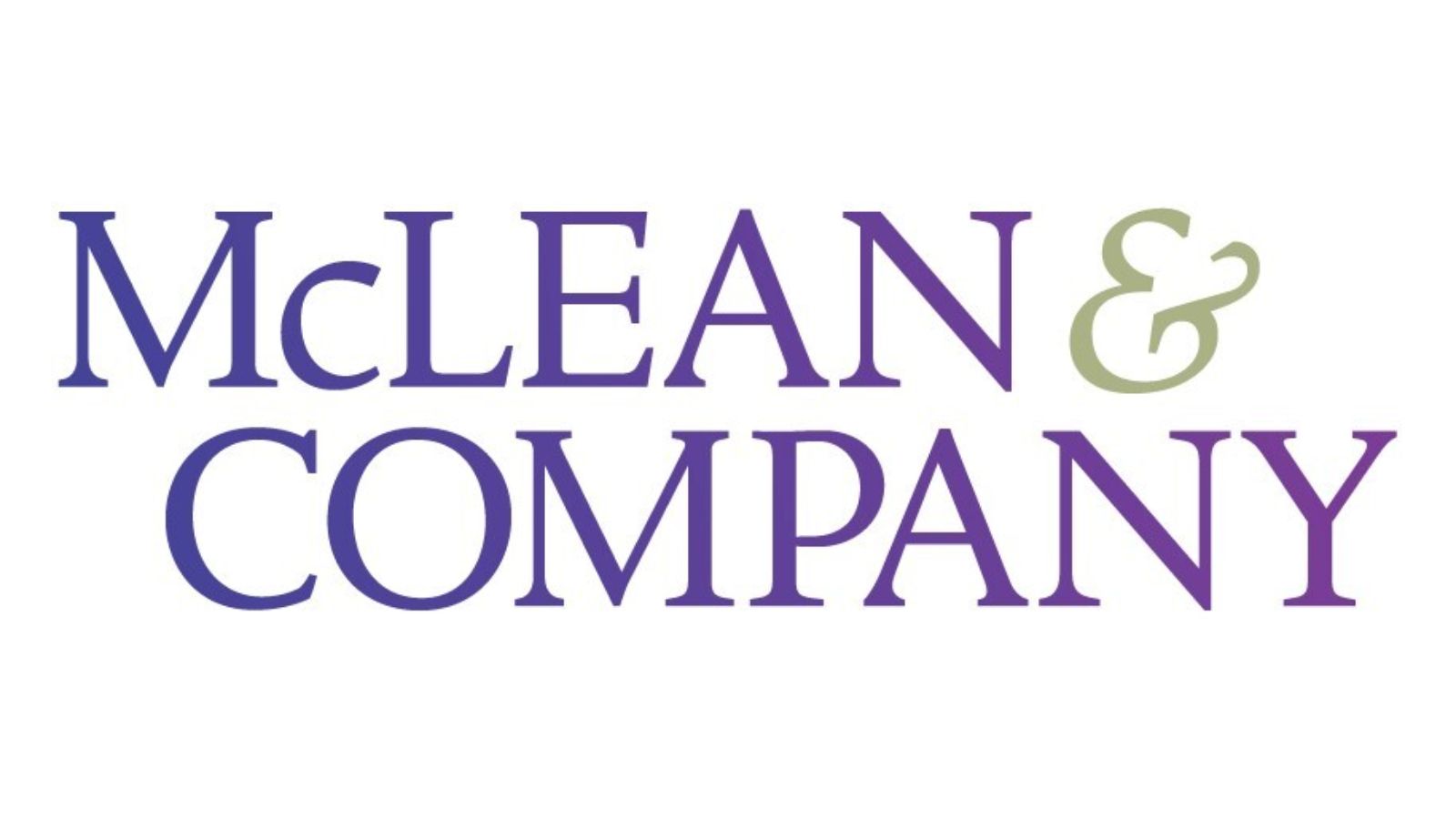

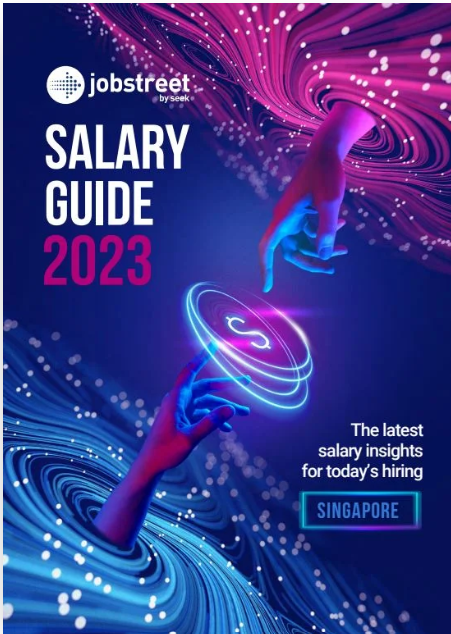
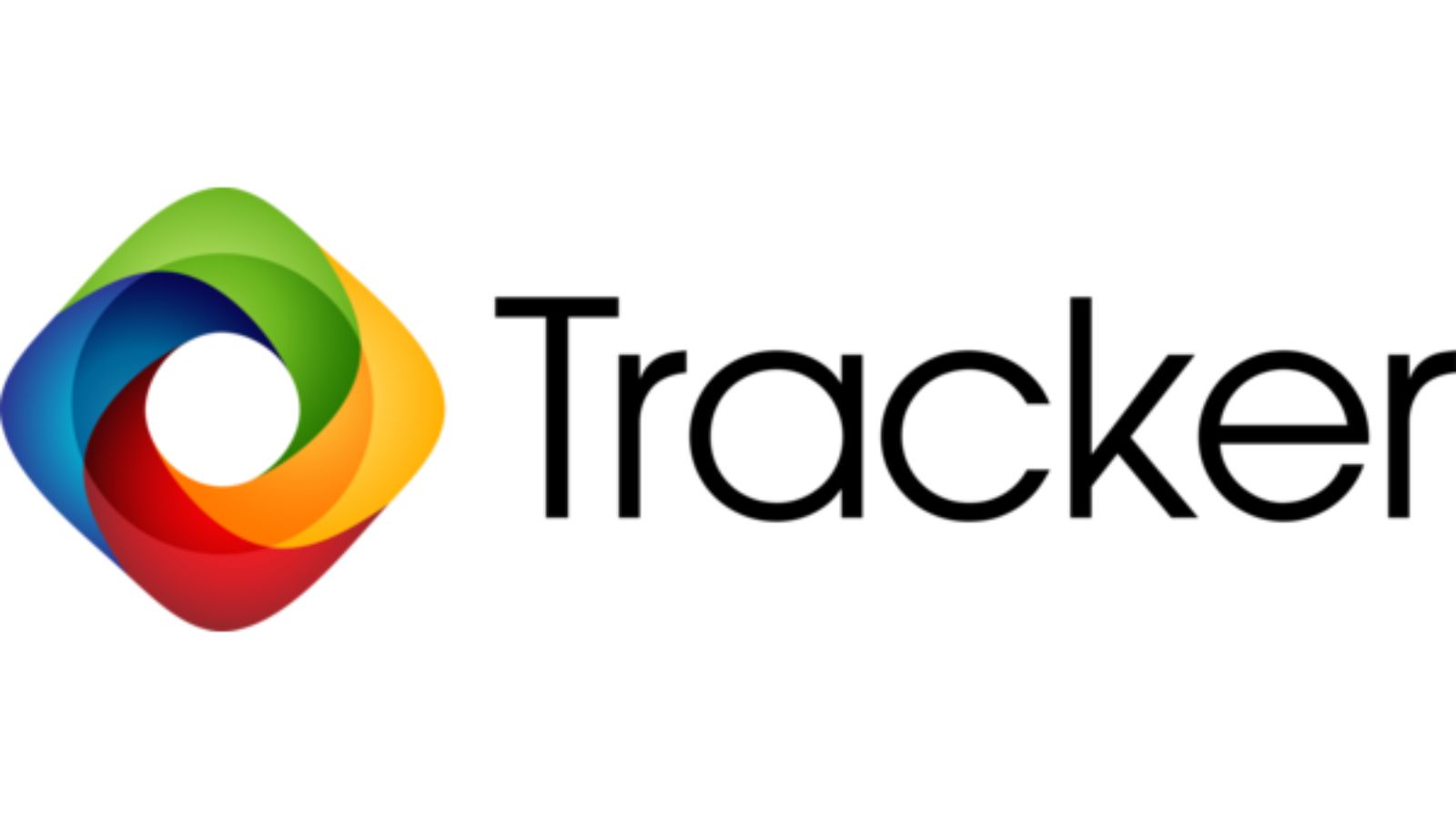
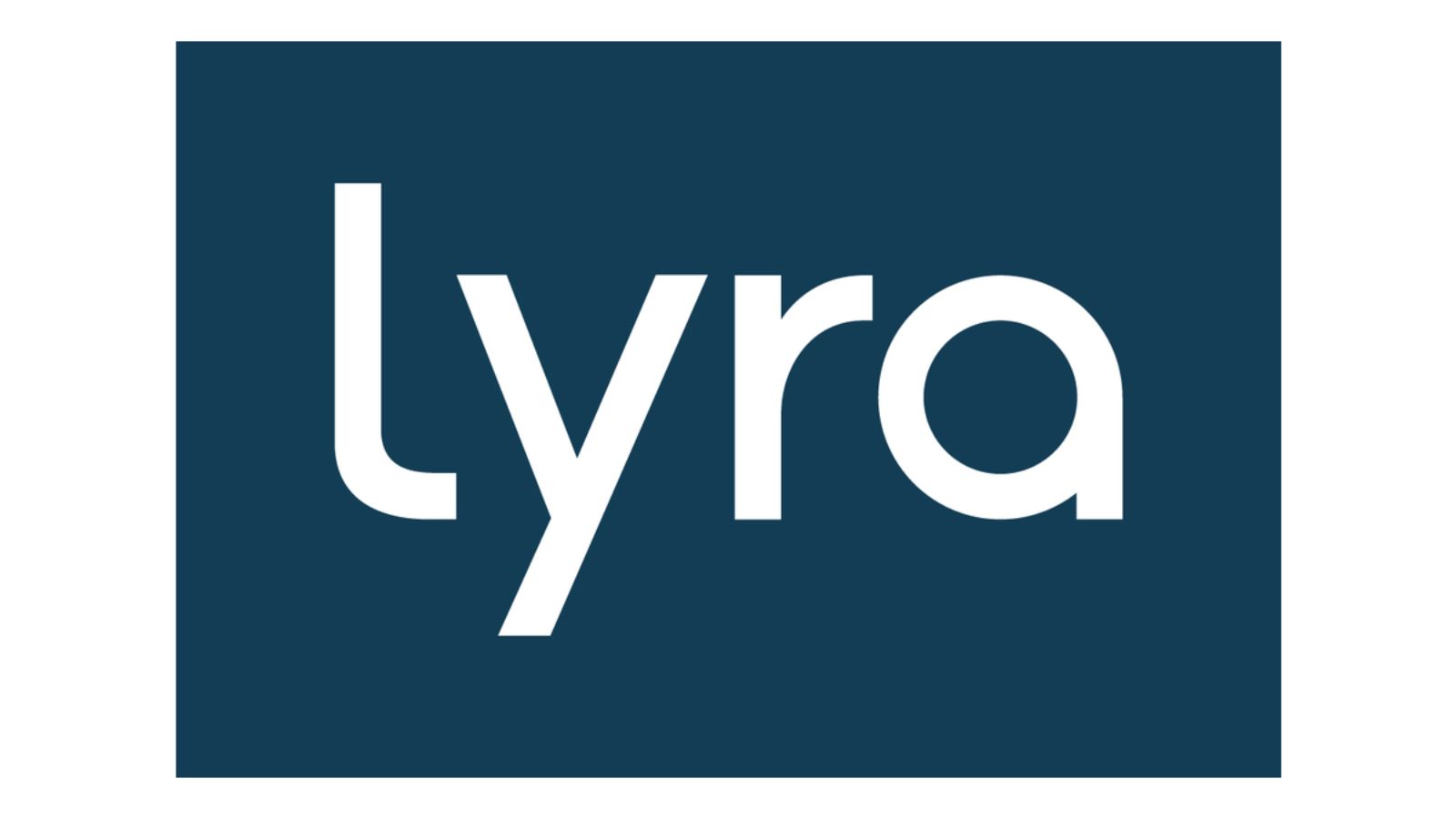
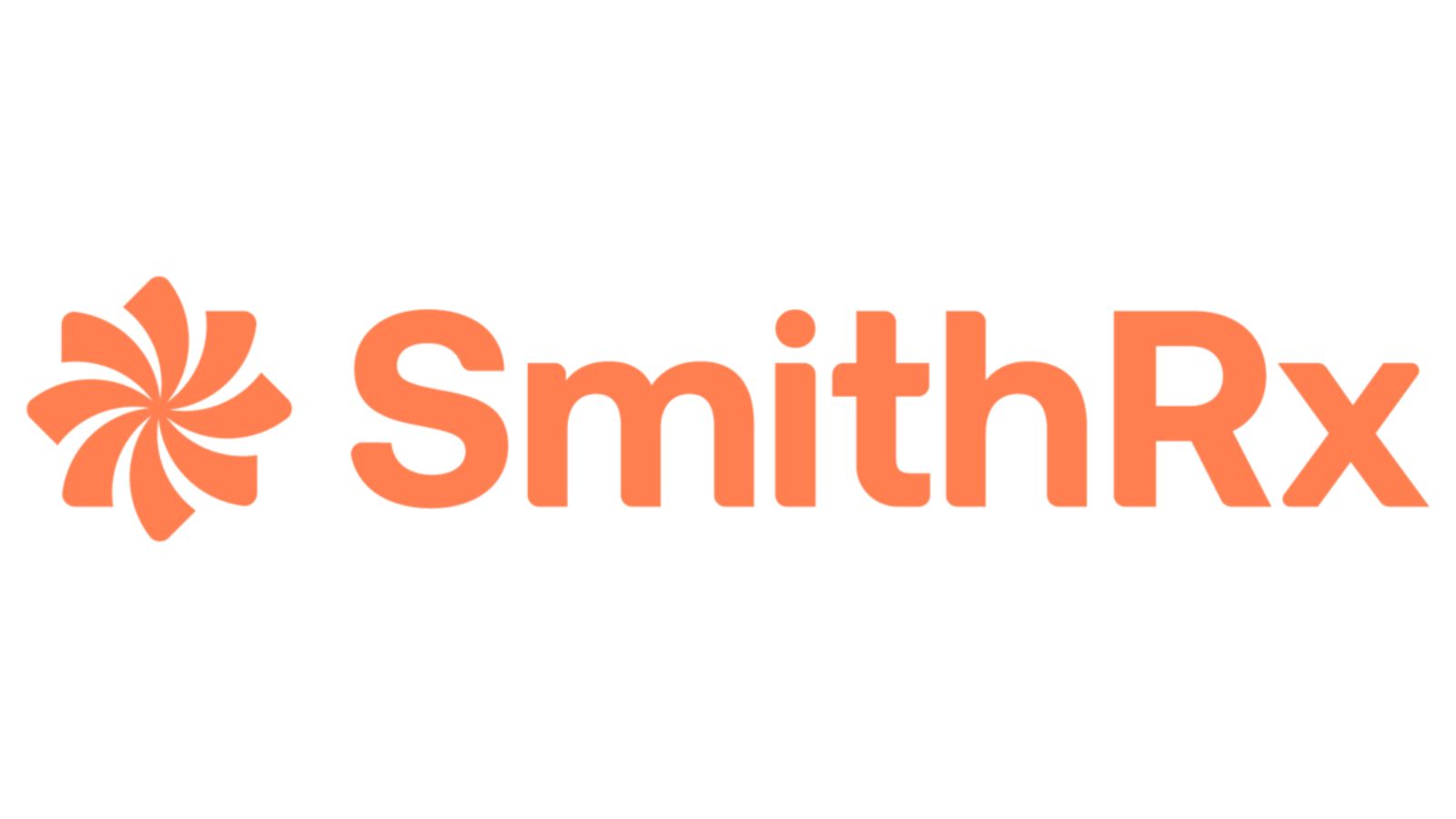
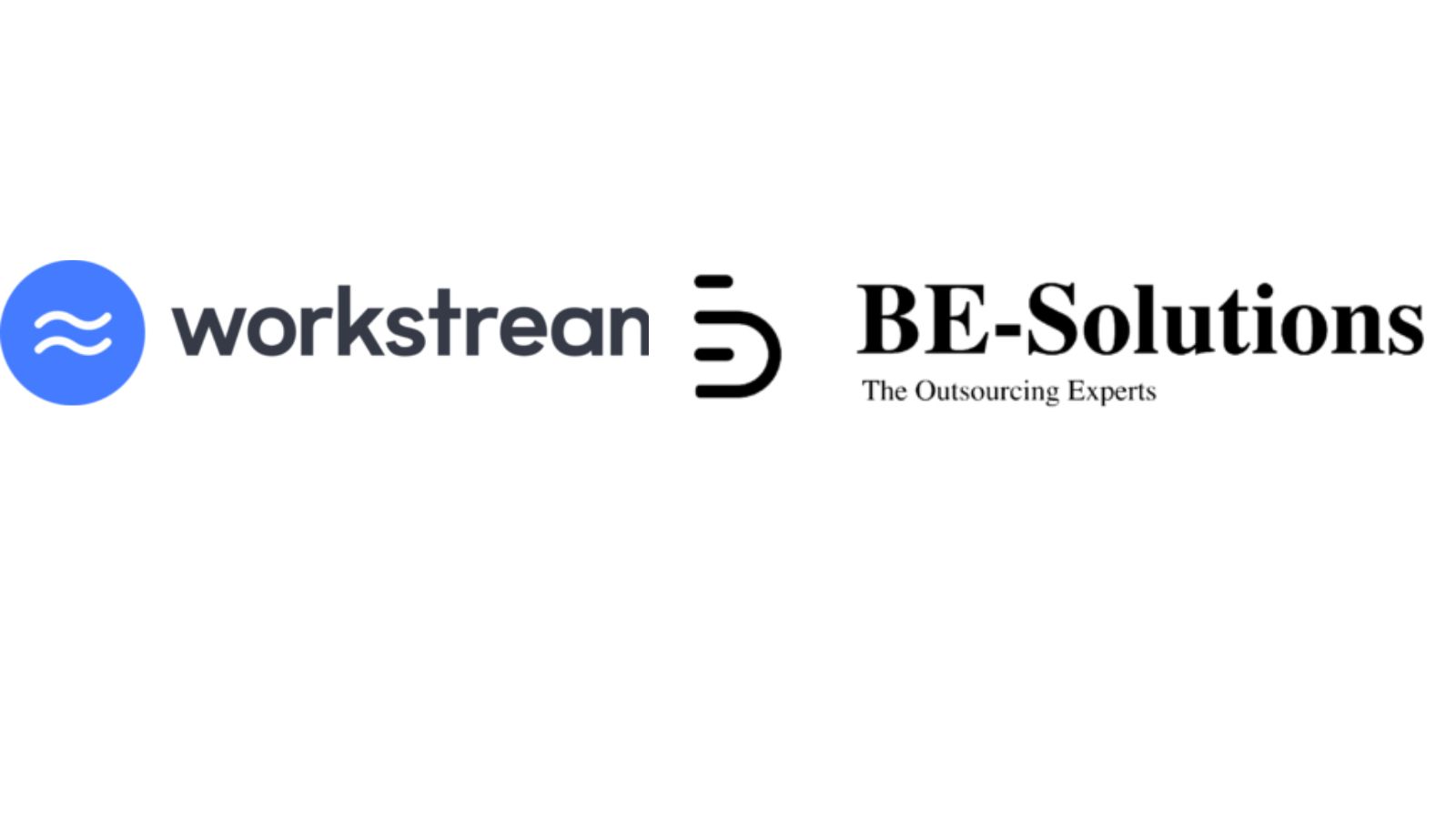
Leave a Reply